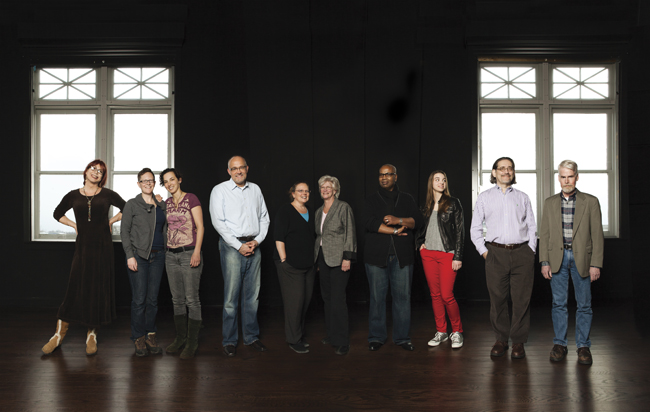
(l-r) Rachael Jones, Annie Corrigan and Sarah Gordon, Steve Sanders, Sue Wanzer and Melanie Payne, Byron Craig, Emily Morrone, Brian Powell and Robert Fulk. Photo by Shannon Zahnle
BY MIKE LEONARD, PHOTOGRAPHY BY SHANNON ZAHNLE
At age 95, Frank Banta liked to remark that he never came out of the closet as gay because he never knew there was a closet and really didn’t know what it meant to be homosexual or gay when he attended Indiana University in the late-1930s.
No one dared to talk about it, he said in an interview with Bloom last fall. “I didn’t know what it was, but I knew how I felt,” he said. “If I knew anyone else who was gay, I didn’t know it.”
Bob Brookshire, a retired schoolteacher, enrolled as an undergraduate at IU in 1960 and graduated in ’65. “I literally had never heard the term gay. I barely knew the term homosexuality. It just wasn’t talked about,” the 72-year-old Bloomington resident said.
Cindy Stone, 58, also was relatively clueless about same-sex relationships when she came to IU as a student in 1973 and recognized a mutual attraction between herself and Donna Payne, a staff member at Wright Quadrangle. She says the two essentially dated for two years before she realized that they were dating and were, in fact, in a relationship. “Donna made it very clear, you’ve got to be quiet. You’ve got to be cautious,” Stone says. Now a lecturer in the Kelley School of Business, Stone wasn’t as concerned about herself as a student as she was about Payne, who feared that she could be fired if she were “outed” as a lesbian.
Sarah Gordon, 31, looked to IU in her pursuit of a doctoral degree because the university has the only Ph.D.-granting folklore and ethnomusicology program in the U.S. A native of Montreal, Canada, she’d previously lived in gay-friendly, metropolitan places such as London and Tokyo and was anxious about moving to Bloomington. “I was really nervous about coming to small-town Indiana. I thought about maybe living in Indianapolis,” she says. “I wondered, are there going to be coffee shops? Theater? I really didn’t know what I’d do until I started doing research online and found Bloomington compared favorably to places like Austin and Madison.
“Nowhere is perfect and this place isn’t either,” says Gordon, who identifies as queer. “But I love it here … I’ve very rarely felt threatened or meant to feel unsafe. The worst has been maybe getting yelled at three or four times. I’ve never felt physically unsafe.”
Emily Morrone is a 17-year-old junior at Bloomington High School South. She’s an outstanding track and field athlete, a member of the Sounds of South vocal ensemble, and a committed volunteer for South’s Dance Marathon group that raises money for Riley Hospital for Children at Indiana University Health in Indianapolis. She also openly identifies as a lesbian and has been in a relationship with her current girlfriend, also a South student, for more than a year. “I’ve never had any problems with anyone. Ever,” she says. “I’ve never encountered bullying. Everyone I’ve ever told has my back on it. I definitely think my generation and high school kids just don’t care what other people are doing. It’s not an issue.”
No matter how one feels about lesbian, gay, bisexual, and transgender (LGBT+) issues, it’s clear that public attitudes and policies are not just “a-changin’,” to quote the Bob Dylan song. Times have changed.
Interview with Frank Banta
Video by Duane Busick


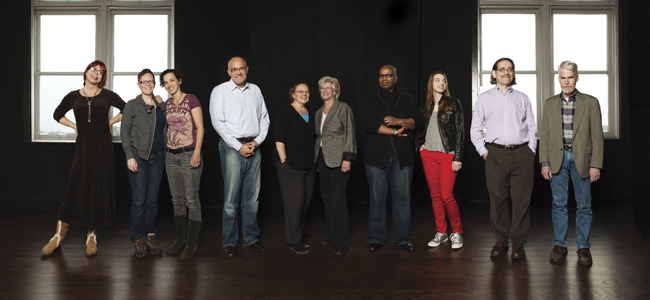
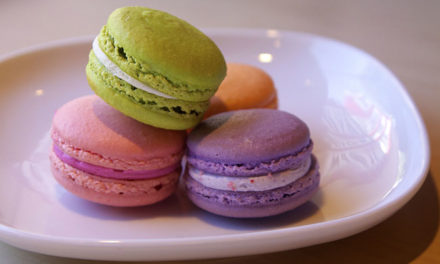
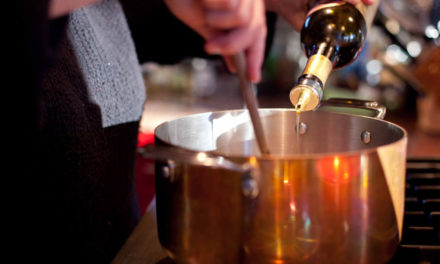
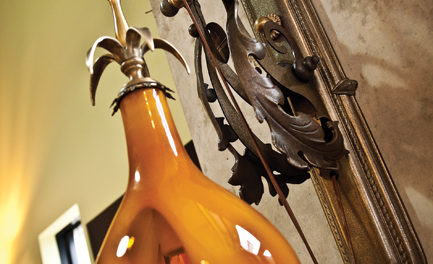
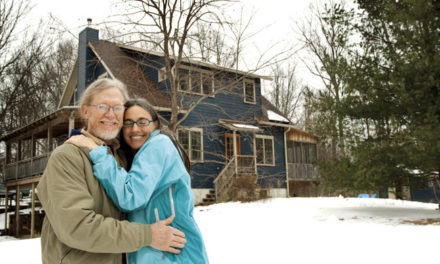





Re Fank Banta: I am a heteroxexual. I was a teaching assistant as a grad student and after finishing my Ph.D. in linguistics I entered the university-level teaching profession. I had lots of very attractive female students over the age of 21, many of them close to my age (as grad students), some of whom subtlely but unmistakably invited me to get physical. I never gave in to my desires: I quashed them for ethical reasons. It was easy to do that. As a colllege student, however, there were a few male professors who hinted very strongly, in once case putting his arm around me, which I resented. I suspect that in at least two cases, bad grades were the result of hatred of a young man who was not in their reech. More generally, regardless of sex and sexual orientation, I have always felt it is wrong to “put the move” on anyone: things should go along calmly, neatly, and tacitly. I have always hated homosexuals who harrassed me phsycially – it happened twice in public places – just as I condemn those men who force themselves on women. I took two graduate courses from Frank Banta in the 1960s. He was cordial to me. Once, the year after he was my teacher, he treated me to a lunch. I’m very sure it was at some eatery in the student union. Professor Banta never, ever gave off any hint of being interested in me beyond our relationship as teacher/student.. Something else: he was the first and only professor I ever had who knew his material so well that he barely had to look at notes: he delivered highly technical material in an unhesitating flow. (One of his graduate students told me that he memorized his lectures in advance. If so, that doesn’t detract frm his greatness as a teacher. The opposite.) He served as my model in this respect: I never read from notes: I prepared my lectures carefully in advance, and just had a few lines on a small piece of paper with the order of topics to deliver. He was as real teacher, and honest about the unknowns and uncertainties in historical linguistics. His sense of right and wrong didn’t allow him to mix personal feelings and desires with his formal relationships with students. I was by nature like that too. Sometimes it’s not easy. I admired him. I am so glad he lived to a ripe old age.